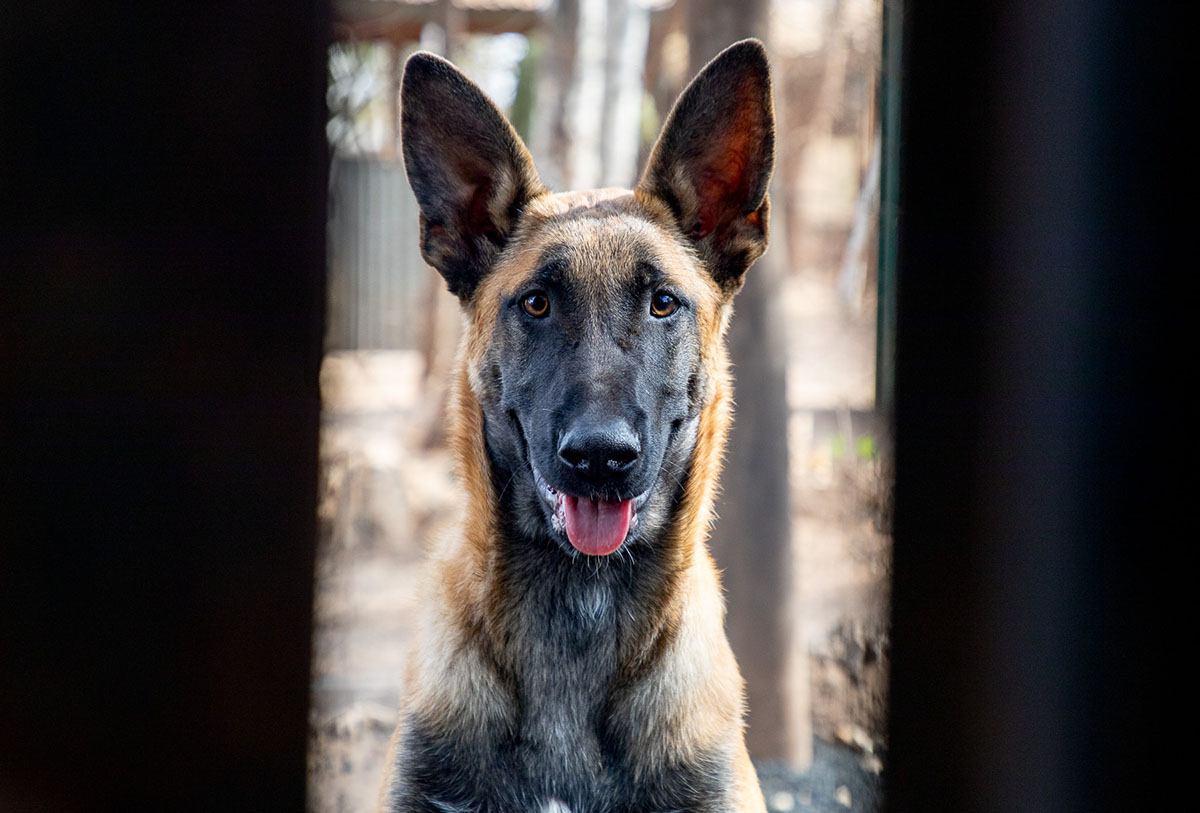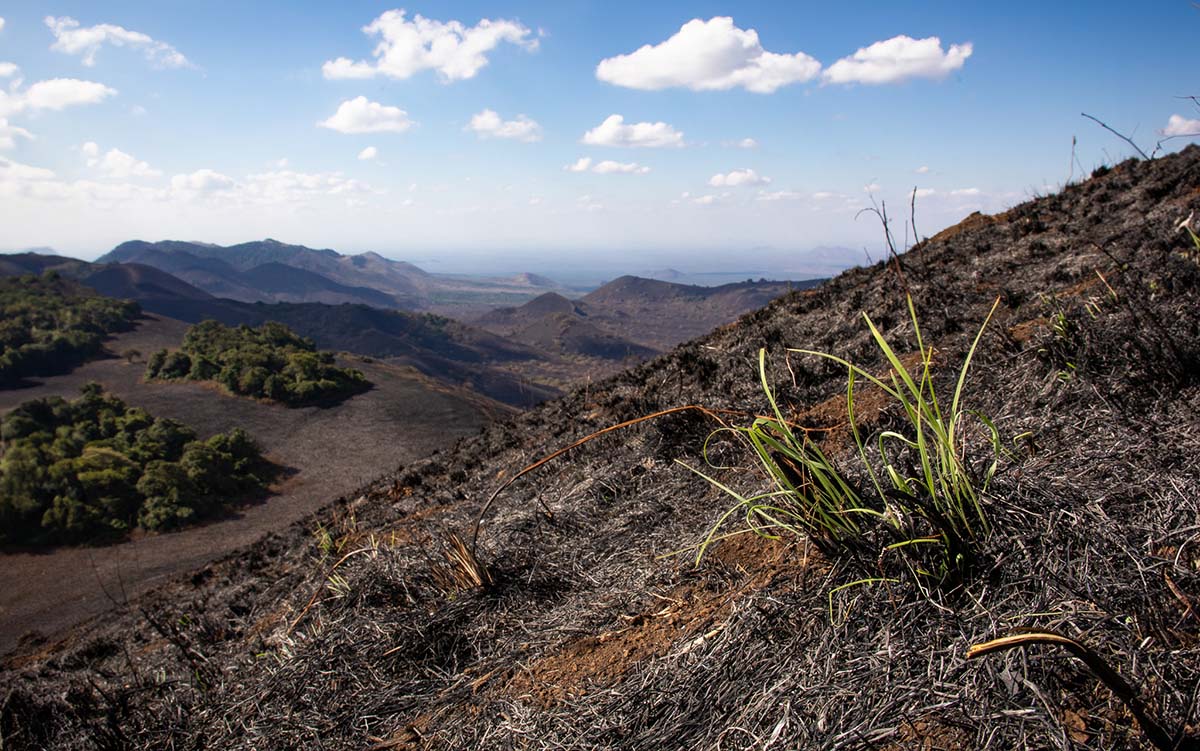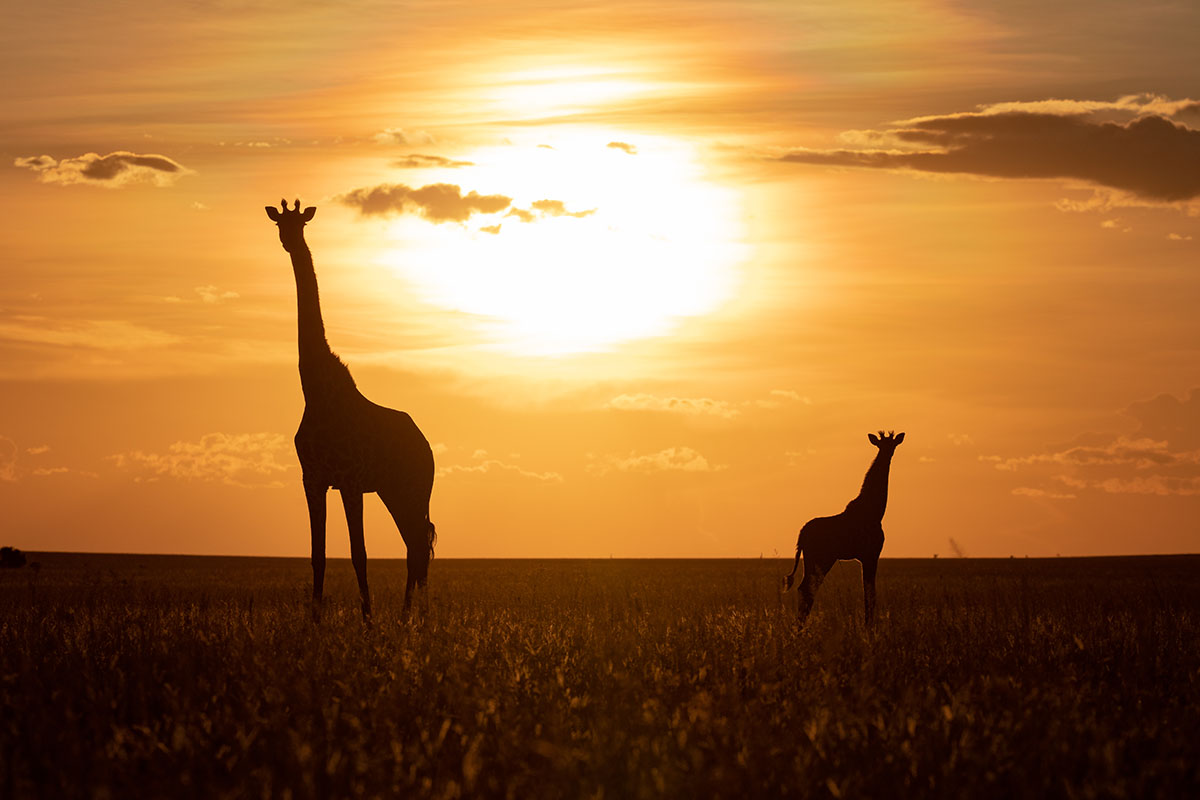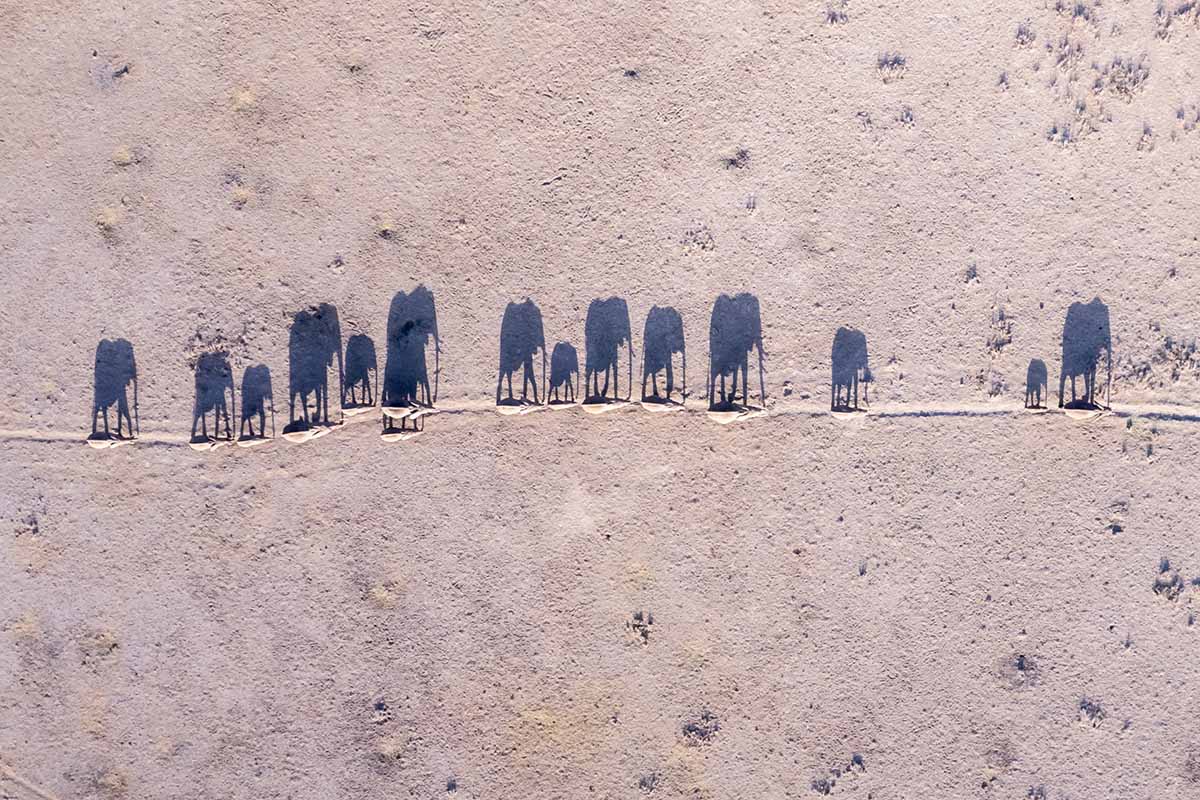
![]()
In September, you helped us name our new Malinois tracker dog puppies: Holmes and Watson.
Two weeks ago, they hit the paws button and travelled to the prestigious Kuru Dog School in Arusha, Tanzania. There they will be trained under the watchful eye of master dog trainer Will Powell. Will has a long and decorated career training land-mine detection dogs in conflict zones across the world, including Rwanda, Cuba, Afghanistan, and South Sudan. He has also trained conservation dogs in six countries across Africa. If there is anyone capable of transforming our pups into crime-fighting canines, it’s Will and his team.
It is still too early to tell when Holmes and Watson will be ready to return to Big Life, but we are pleased to report that they are already growing both in size and ability.
In the meantime, Clyde is holding down the Tracker Dog Unit at our headquarters in Mbirikani, supporting our rangers as needed with operations. Image: Joshua Clay



